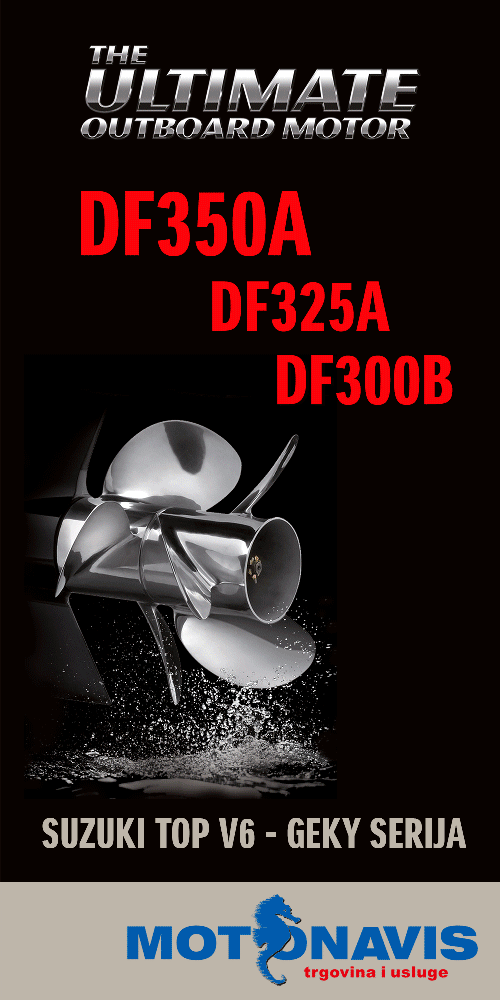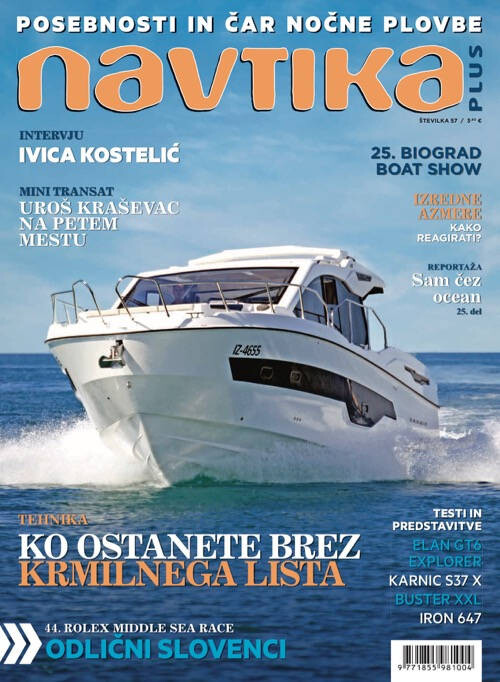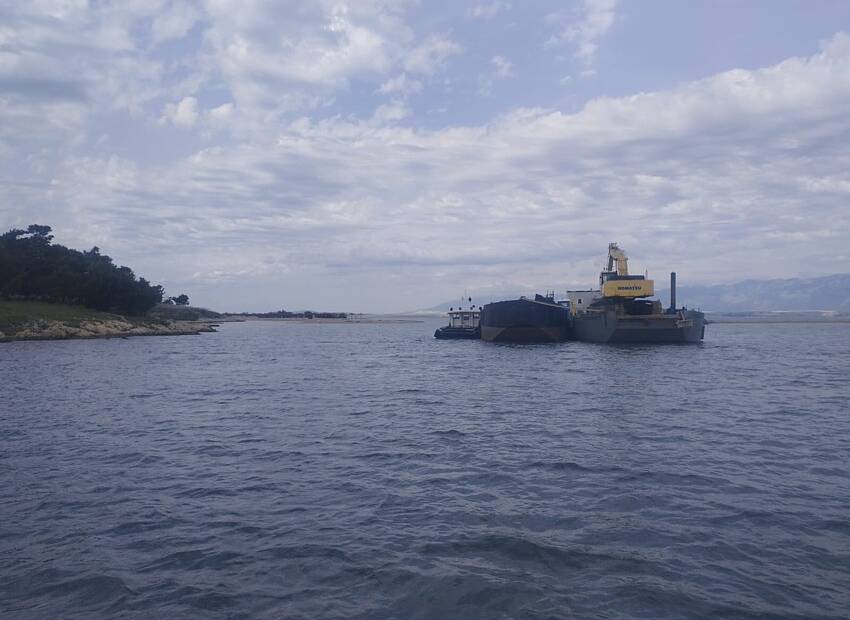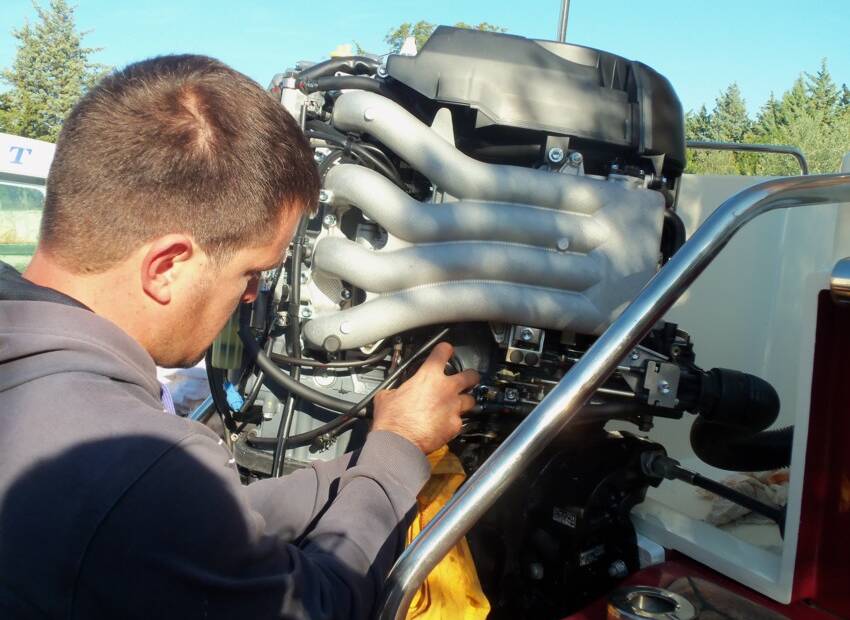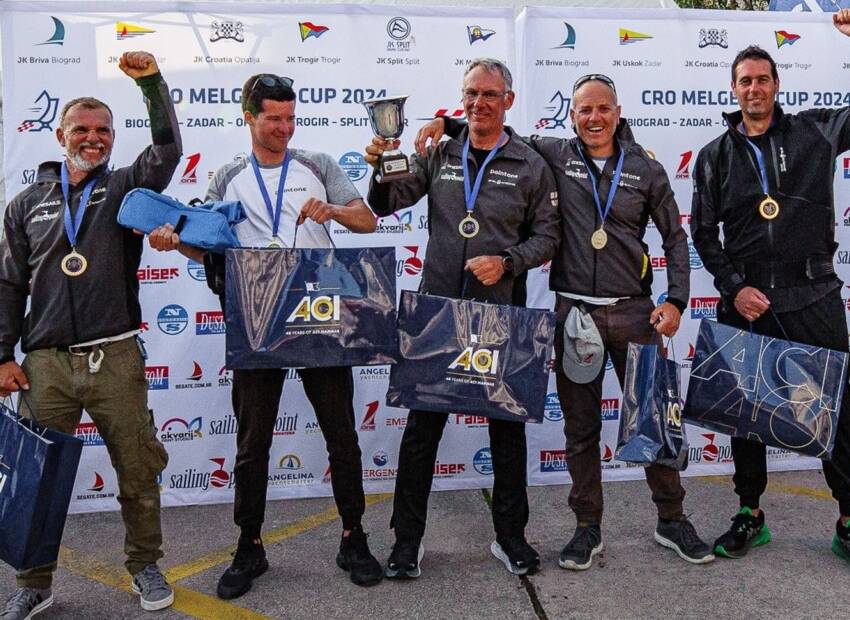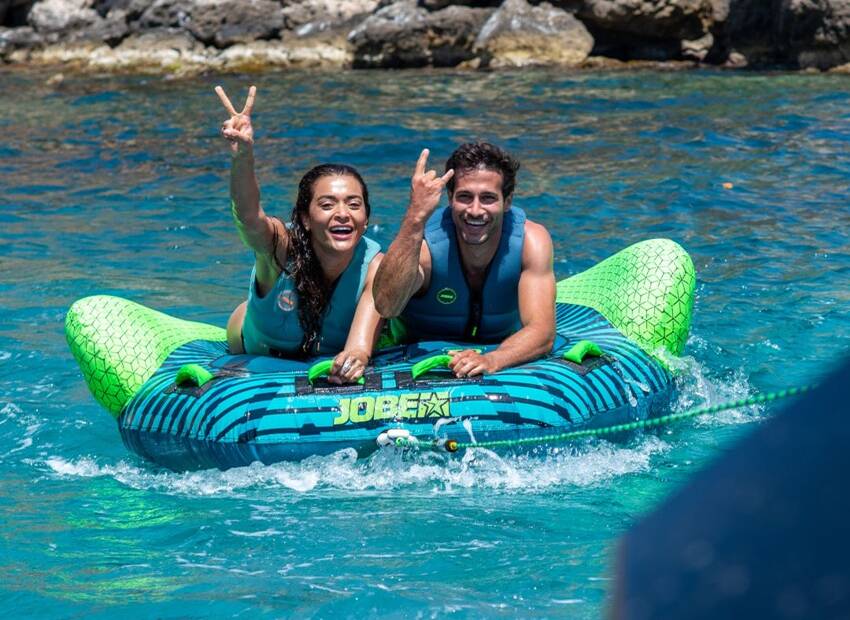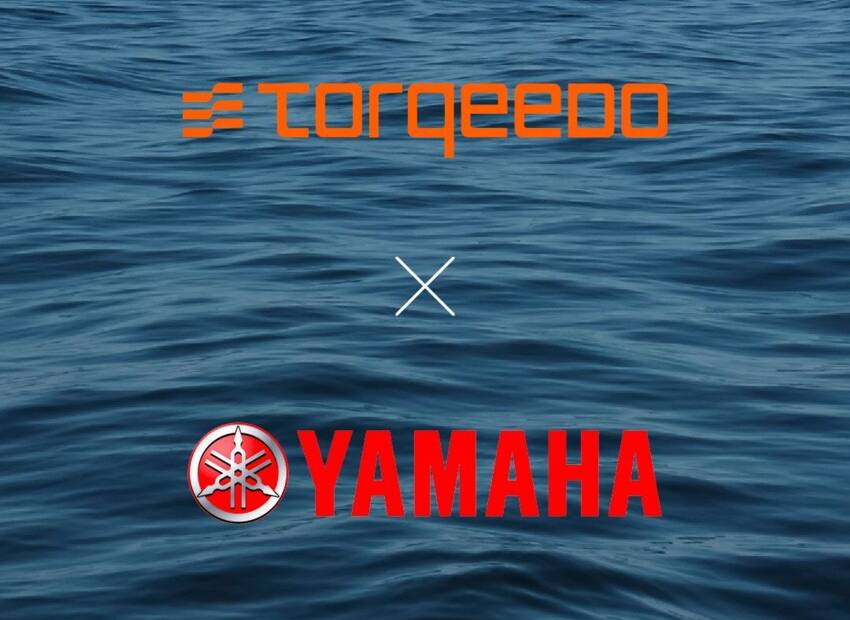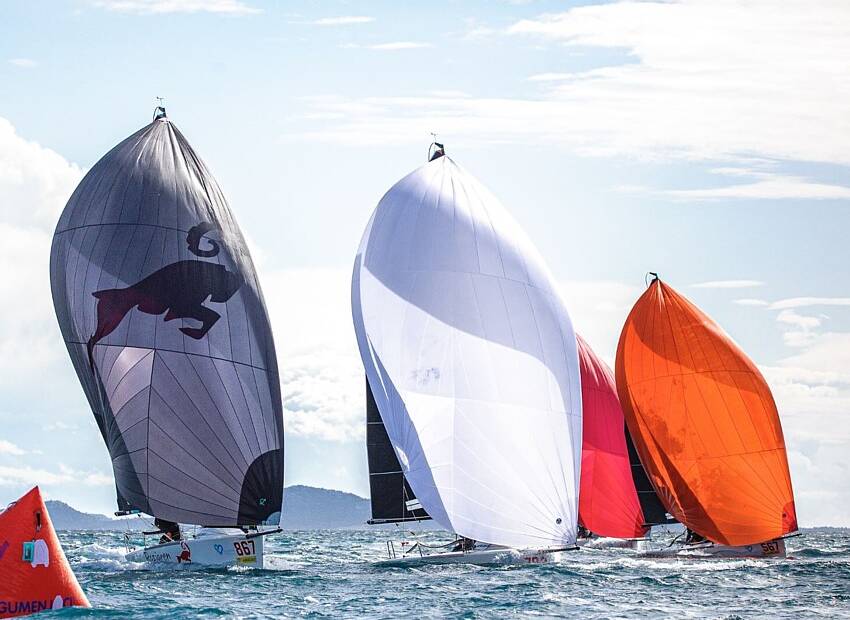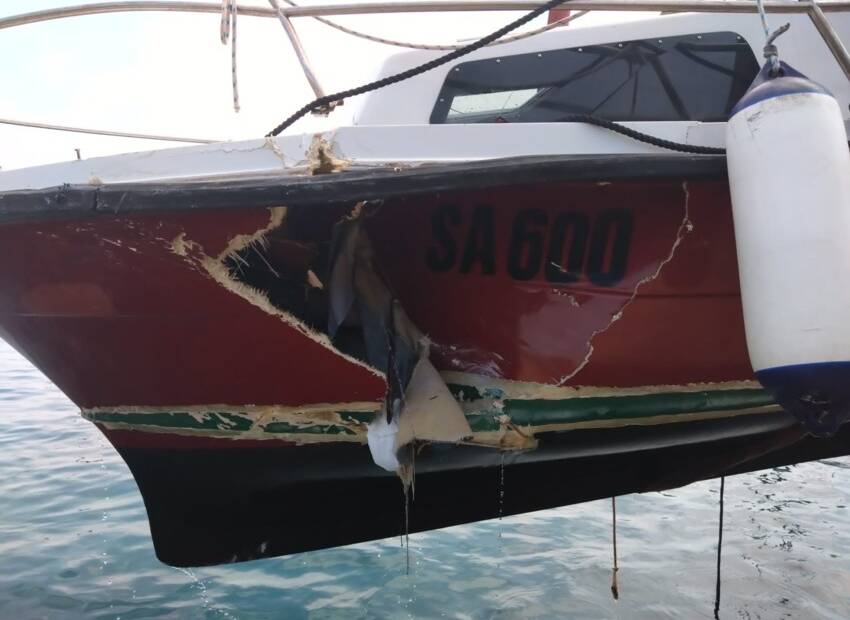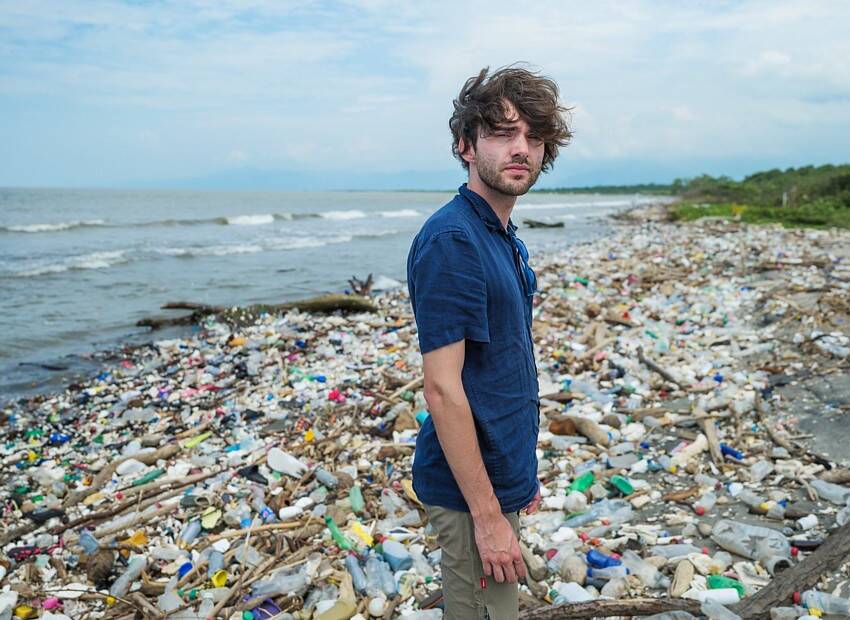In the early 20th century, diesel engines gradually began to replace steam engines used on ships until then. The early diesel engines had their problems, especially with manoeuvring. Before reliable and flawless gearboxes were developed, which was not the case until the 1950s, a diesel engine had to be switched off and reversed in rotation in order to drive backwards.
However, today only a few museum ships are still steam powered. And if you take a look at the boat market or scroll across boot Düsseldorf today, you cannot help feeling that a similar revolution is taking place right now. Or at least is beginning. More and more boats are being equipped with electric drives, which are evolving at a fast rate and are becoming more and more suitable for everyday use.
However, you have to bear in mind that we are dealing here with a technology that has actually been around for a long time - as long, in fact, as diesel engines.
As early as 1903, a Russian tanker was built with diesel-electric propulsion: Three diesel generators provided electricity for three electric engines which in turn powered the ship's three propellers. However, this solution had been developed only because of the limited manoeuvrability of the early diesel engines already mentioned above.
Even on recreational boats, electric drives have been known for quite some time. Hans Frauscher, the founder of the shipyard and grandfather of today's director at Frauscher Boats, presented the first electrically powered motorboats as early as 1955. So, we are not really dealing with a "novel" technology here but rather with a re-discovery in a changing environment.
But what we are dealing with today is a highly developed and still constantly improving technical solution to power boats. Electric drives are becoming more and more effective, they deliver more power and have ever greater ranges.
A popular and vivid example of this are the "Deep Blue" drives from Torqeedo. Especially in combination with the latest battery generation borrowed from the automotive industry, these drives turning into real “diesel killers”. Last autumn Torqueedo presented its marine adaptation of the BMW i3 battery, which will deliver up to 30 percent more efficiency with a correspondingly longer range and higher top speed.
Top speed is the cue for the light carbon racers from SAY-Yachts, too: In autumn last year the SAY 29E broke the world speed record for electric boats, with an impressive speed of 48 knots (or 89 km/h) - the boat is duly nominated for the 2019 Innovation Award of the "European Powerboat of the Year".
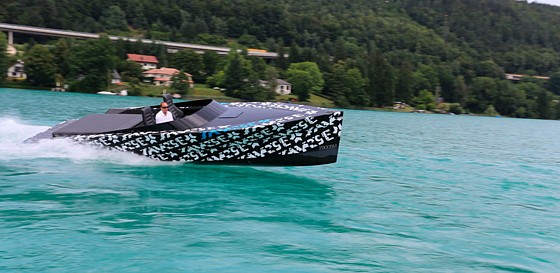
The "X-Shore" tender, which was developed in co-operation by several Scandinavian companies and Torqeedo under the project management of the Swedish entrepreneur Konrad Bergström, is also very smart. This all-electric "utility tender" combines Scandinavian design with high versatility and great respect for environmental issues. Torqeedo CEO Christoph Ballin says about this project: "The X-Shore team has taken a fresh look at the design of a reliable and elegant superyacht tender. An electric tender has so many advantages, including reduced maintenance and a simpler fuel mix on board the mother ship."
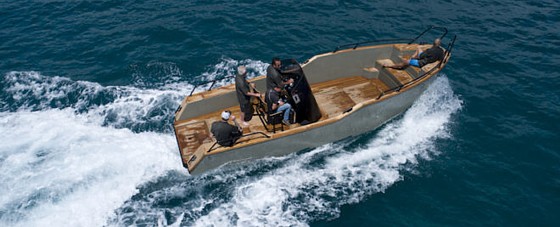
To make trips with this boat quiet and emission-free was the developing team’s central concern throughout the project. "We want these quiet boating trips not to disturb either the wildlife or the sensitive marine habitat, thus allowing for very special boating experiences," said chief designer Marcus von Euler from the Norra Norr design company involved in the project. "It's a great feeling to glide over the water and only hear the wind and the soft sound that comes from the bow cutting through the water".
The crew and passengers of the innovative and really stylish Solarimpact 78 yacht from Switzerland will also be able to enjoy this special experience. This large and luxurious yacht (23.95 metres long, six cabins) is characterized by a completely new, but perfectly coordinated concept:
A hull based on the groundbreaking SWATH technology, perfected by the traditional German shipyard Abeking & Rasmussen primarily for pilot boats, offers the space of a large catamaran with optimized stability even in rough seas as well as a much lower hydrodynamic drag. In addition, large deck areas full of state-of-the-art, highly efficient solar panels and electric drives by the Austrian company Kreisel make for a largely autonomous and future-oriented watercraft.
In addition to Torqeedo and Kreisel, the Austrian company Ortner Electric is also an important supplier of electric drives for boats. At boot Düsseldorf you can see these engines in the Correct Craft boats from Florida, who have purchased an entire propulsion system from Ortner Electric, which is now being integrated into the motor division of the US manufacturer. The system will be installed in the Air Nautique 210 and GS20 boats, initially for the Austrian market.
Not only Correct Craft is preparing for an increasingly electric future. Volvo Penta, one of the largest manufacturers of marine diesel engines, has also committed itself to an, at least, partially electric future - at last, one might almost say, as the parent company Volvo announced similar things two years ago in the automotive sector. In any case, Volvo Penta has set itself a deadline of 2021 to offer electric drives across the entire motor range to its customers.
Related articles

Nautical Industry
Recognition for Moto-Nautics
Ranieri Int. honours his dealer for Slovenia, Croatia and Serbia




